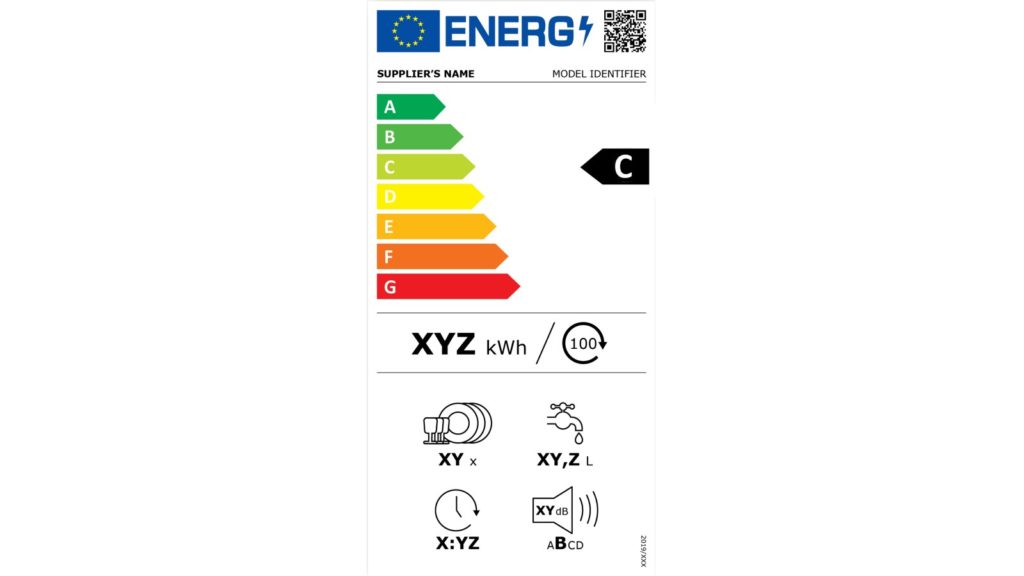Director of sales and marketing for Rangemaster appliances, Iskender Diker offers his advice to retailers on the changing energy labels and how to support consumers

There is no denying that the appliance industry has achieved many innovations and developments over the last decade, which have pushed the boundaries and produced more energy-efficient models than ever before.
New energy ratings and labels were introduced for certain appliance categories in November 2020, initially sitting alongside the old labels, bringing a welcome change to the overpopulated A-A+++ areas of the previous scale.
Sponsored Video
The initial challenge, for retailers and manufacturers, was ensuring that products on display and websites were updated by March 1, 2021, when only the new label can be shown.
Now, the next step is ensuring consumers are aware of the changes, and what they mean, following years of being told that ‘A+++’ is the best rating.
The changes
The new ratings range from A to G, replacing the previous A+++ to D scale; however, this only applies to fridges and freezers, dishwashers, wine cabinets, washing machines and washer dryers.
The labels on range cookers, ovens, cooker hoods and tumble dryers will not be affected but are expected to transition to the new design from 2022 – so, you can already see why consumers might find this confusing.

To make room for even more exciting innovations and energy-efficient technologies, there won’t be any A-rated or B-rated appliances for a while.
Furthermore, the previous ‘A+’, ‘A++’ and ‘A+++’ ratings won’t automatically rescale as ‘A’, due to new measurement criteria and methods of assessing efficiency.
This situation opens the door for further confusion, particularly when consumers are looking to purchase new appliances.
If they aren’t aware of the changes, they may be discouraged by E-rated or F-rated models when they are expecting to see ‘A+++’.
Therefore, it is important to explain that although the product’s rating may have changed, its energy efficiency remains the same as it was before.
The new labels are designed to make it simpler for consumers to choose the most energy-efficient appliances when comparing one model against another.
The information is much clearer and provides the key comparable figures in an easy-to-understand way.
There is also the addition of a handy QR code, in the top right-hand corner, that can be scanned (via a smartphone or tablet) and is linked to a database with further information about the appliance and its specifications.
Take action
Be proactive – tell all your potential and existing customers about the changes.
There is a lot of information to digest about the new energy labels and ratings, which could prove overwhelming for consumers, considering that it only applies to certain appliance categories.
To help raise awareness and explain the new system to consumers, we have created a downloadable PDF that outlines the key changes in simple, bite-size chunks.
It’s designed to be shared on social media or uploaded to websites, for example, as part of a blog.
Many of us take our industry knowledge for granted, and while it was vital that showroom displays and websites were updated ahead of the March 1, 2021 deadline, it’s imperative we continue to share our knowledge and expertise with consumers.
And remember, as a member of the KBB industry, you are not alone.
Speak with the manufacturers you work with, as they may have assets you can use to help make customers aware of the changes.
Additionally, if you want to learn more about the new energy labels and ratings, the Association of Manufacturers of Domestic Appliances (AMDEA) has created a toolkit and short training video that will help you prepare for talking with customers when showrooms eventually re-open.
So now is the time for retailers to engage with potential customers about energy efficiency and make the switch to the new system as seamless as possible.



